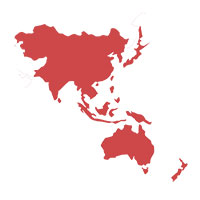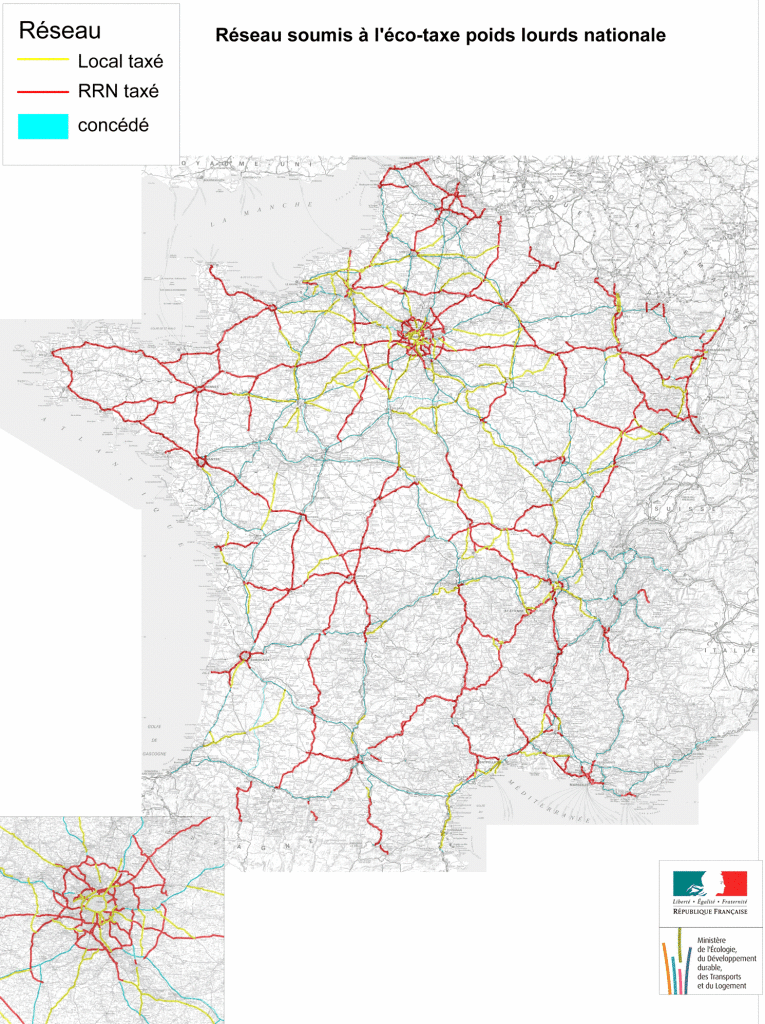Pathways to Tackle Climate Change
Hamza Tahiri | September 1, 2015.
July saw the largest gathering of scientists before the UN climate change negotiations in Paris later this year. The Common Future under Climate Change was a melting pot: from researchers modelling the evolution of Lake Victoria levels through history, to finance experts promoting the creation of green government bonds.
Of the 160-odd diverse sessions, one was particularly popular: “Socio-Economics and Instruments for Transforming the Energy Sector”. From researchers to policymakers, it’s clear that countries have a common goal to tackle climate change despite the very different paths possible. What is the best way to tackle climate change?
In different ways and with varying degrees of success, all these countries are paving their way to a greener future. Some tools such as a carbon tax are used by many governments and could become global while country specific policies are also being enforced. The combination of both will ensure a strong willingness of the countries and its citizens on the long run to tackle climate change. The Verb looks at a few approaches.
China
China is often the focus of attention: from being the largest greenhouse gas emissions contributor to biggest producer of solar panels.
The Chinese government has been working on putting an Emissions Trading System (ETS) in place through a large scale carbon tax and emissions quotas. An ETS is seen as the best way to reduce carbon emissions after China’s forecasted emissions peak in 2030. China is also implementing a range of energy policies that aim to reduce air pollution in its urban areas, which is creating major public health problems for urban Chinese residents. The estimated cost of China’s ambitious plan to cut emissions is US$6.6 trillion.
However, other figures come to mind when talking about China, particularly in the construction industry. China’s population is around 1.3 billion, but municipal plans for housing accommodate up to 3.4 billion people. The average lifespan of houses in China is surprisingly low at just 30 years.
A carbon tax might be a solution in the long term, but a short-term solution could be found through reducing the number of new neighbourhoods being built. This would have an impact on China’s emissions growth rate and also prevent economic collapse in the construction sector when supply outstrips demand.
India
The Indian government is looking at a co-benefits approach: actions that promote development efforts while yielding climate benefits. With this approach, policies are adapted to suit the specific needs of the country with a focus on protecting the most vulnerable sections of society.
India’s National Action Plan on Climate Change provides guidance on a range of sustainable development issues. Eight national missions are defined in the plan such as the development of solar energy, energy efficiency goals for the building sector, waste management efficiency and public transportation improvement.
Two interesting and country specific goals include: “Sustaining the Himalayan Ecosystem” and the “National Mission for Sustainable Agriculture”.
51 million people, not counting those in surrounding countries impacted by the climate impacts of the region, live in the Himalayan ecosystem, most of which practice subsistence agriculture. A mission, as well as a monitoring network, will be launched to safeguard the Himalayan glacier and mountain eco-system. The main objective is to maintain two-thirds of the area under forest cover in mountainous regions which will prevent any further land degradation through erosion.
The National Mission for Sustainable Agriculture will provide strategies to make Indian agriculture more resilient to climate change impacts such as droughts or flooding. This ambitious goal is to identify and develop new varieties of crops and alternative cropping patterns. They hope to ensure high adoption rates by integrating traditional knowledge with geospatial, information and bio technologies.
Brazil
Brazil’s substantial carbon emissions growth has been driven by three main sectors: agriculture and livestock, forestry and energy. The Brazilian government has been implementing the following key mitigation measures: development of a market for natural gas, industrial production and use of ethanol and sugar-cane biogas, and use of alternative energy sources for power generation.
These measures have been tailored to suit the country’s unique challenges. The government is also planning to implement a carbon tax.
France
France on another hand, seems to be slowed down by bureaucracy.
In addition to being bound by the European Union-wide emissions reduction targets and participating in the EU ETS, France has been implementing multiple policies on a wide range of climate change related challenges, such as energy efficiency standards in new buildings, and financial incentives for energy efficiency in the building sector.
However, some of these measures have been very unpopular with the general public and so uptake has been low, even after major investment from the government. The transportation “ecotaxe” for example is a system where automatic checkpoints on national roads detect trucks and charge them a fee based on the number of kilometres they’ve travelled. The income from this ecotaxe could have been used to finance the development of new rail and river transport infrastructure, but due to diverse legal reasons the government abandoned this project despite having already spent almost €1 billion.














comment